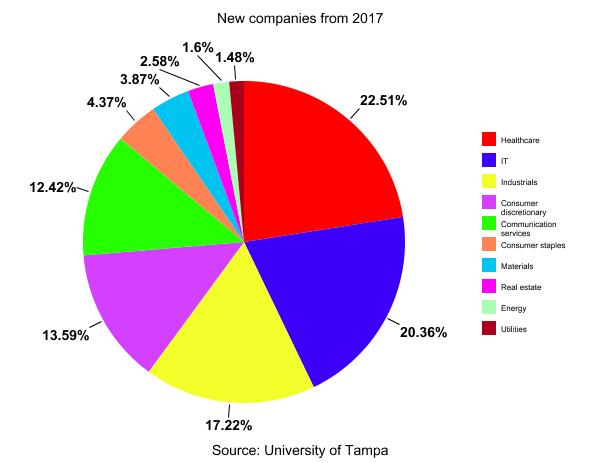UT study pinpoints what the Tampa area needs to boost its entrepreneurial energy

Communities with the most startup success are ones where entrepreneurs, investors and companies have strong connections.
That connectivity remains a key issue, and an opportunity, in the Tampa Bay area, according to the authors of a report released Tuesday from University of Tampa’s John P. Lowth Entrepreneurship Center.
The report, “State of the Tampa Bay MSA Entrepreneurial Ecosystem,” is the third from UT tracking entrepreneurship in the Tampa Bay area. The wide-ranging report tracks dealmakers, or investors with three or more equity positions in local firms, examines factors that support entrepreneurial activity and provides an overview of ecosystem economics.
“It’s not just the endowment of resources that make a region successful. It’s not just the finance, not just the talent, not just the access to raw material. It’s the configuration of resources that also matters,” said Thomas Pittz, assistant professor of management and entrepreneurship.
A vibrant entrepreneurial ecosystem is vital for producing conditions that lead to new business growth, the study said.
“The good news is we have a diversified entrepreneurial economy with concentrations in IT, healthcare, finance, telecommunications, consumer discretionary industries and utilities,” said Rebecca White, director of the Lowth center and James W. Walter Distinguished Chair of Entrepreneurship at the Sykes College of Business.
But the new study shows that from 2017 to 2018, the area has become less connected, she said. There are fewer “dealmakers” with three or more equity positions, and an increase in “lone wolves” — investors, companies or entrepreneurs with one connection locally.
Connections are key, she said, because people want to reduce their risk in investing.
“Co-investing is incredibly important. What we find in the most advanced ecosystems is that investors are co-investing and also connecting on a frequent basis with entrepreneurs. So there’s a lot of deal-making going on among them, which leads to increased trust, and increased trust is going to lead to more success in our ecosystem,” White said.
One potential reason for the decline in connectivity year over year was that there are 1,626 companies in the Tampa Bay area since 2017, primarily in healthcare and information technology.

One shortfall, White said, is corporate support for entrepreneurs that’s found in cities such as Minneapolis and Cincinnati, home to several Fortune 500 companies.
“That’s a gap here,” White said. “The goal would be to think about how to improve our connectivity between investors and entrepreneurs.”
While Tampa Bay lost two major public companies since 2015 — both TECO Energy and HSN Inc. were acquired — the number of smaller and fast-growing firms is up, said Speros Margetis, UT professor of finance.
Two years ago, there were 74 local companies on the Inc. 5000 with a combined $1.5 billion in revenue. This year’s Inc. 5000 had 79 local companies with a combined $2.5 billion in revenue, he said.







